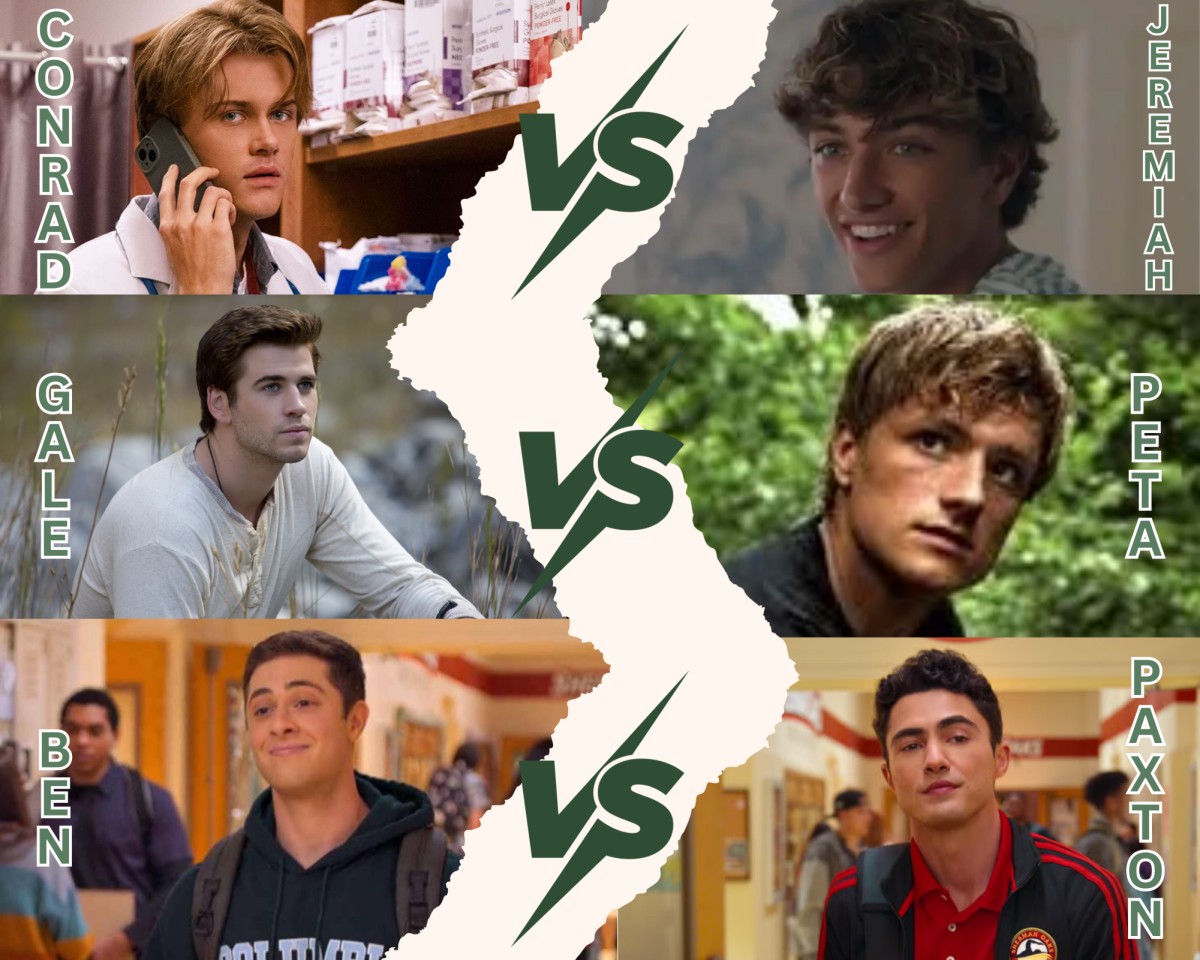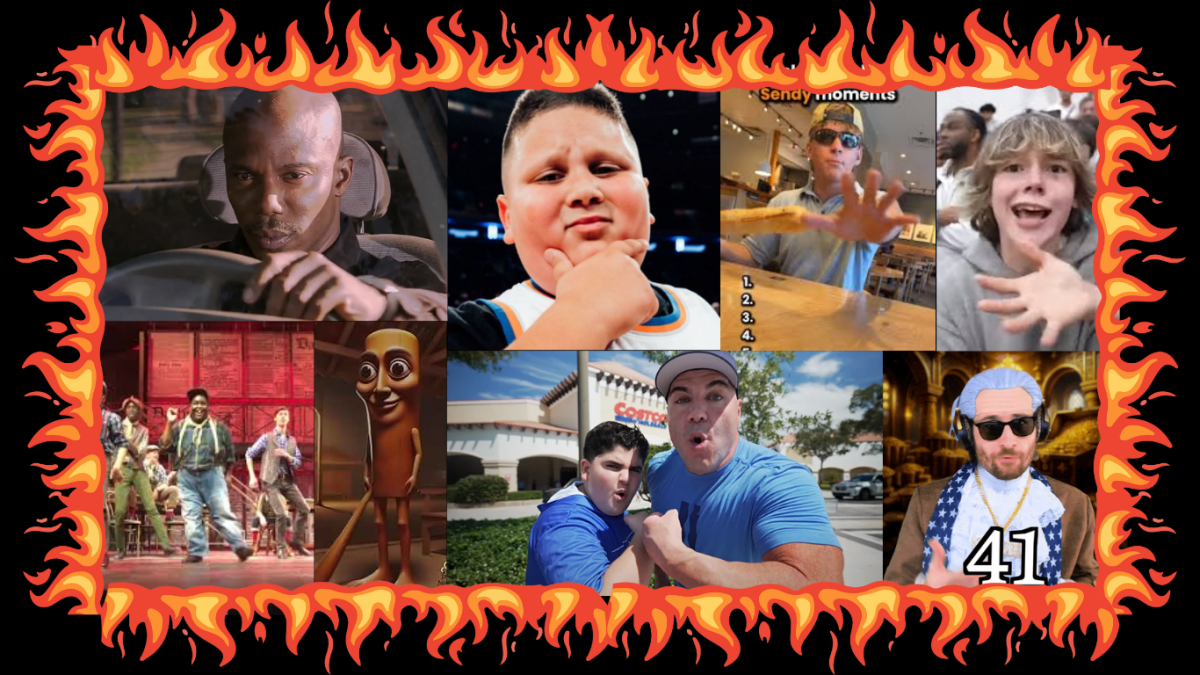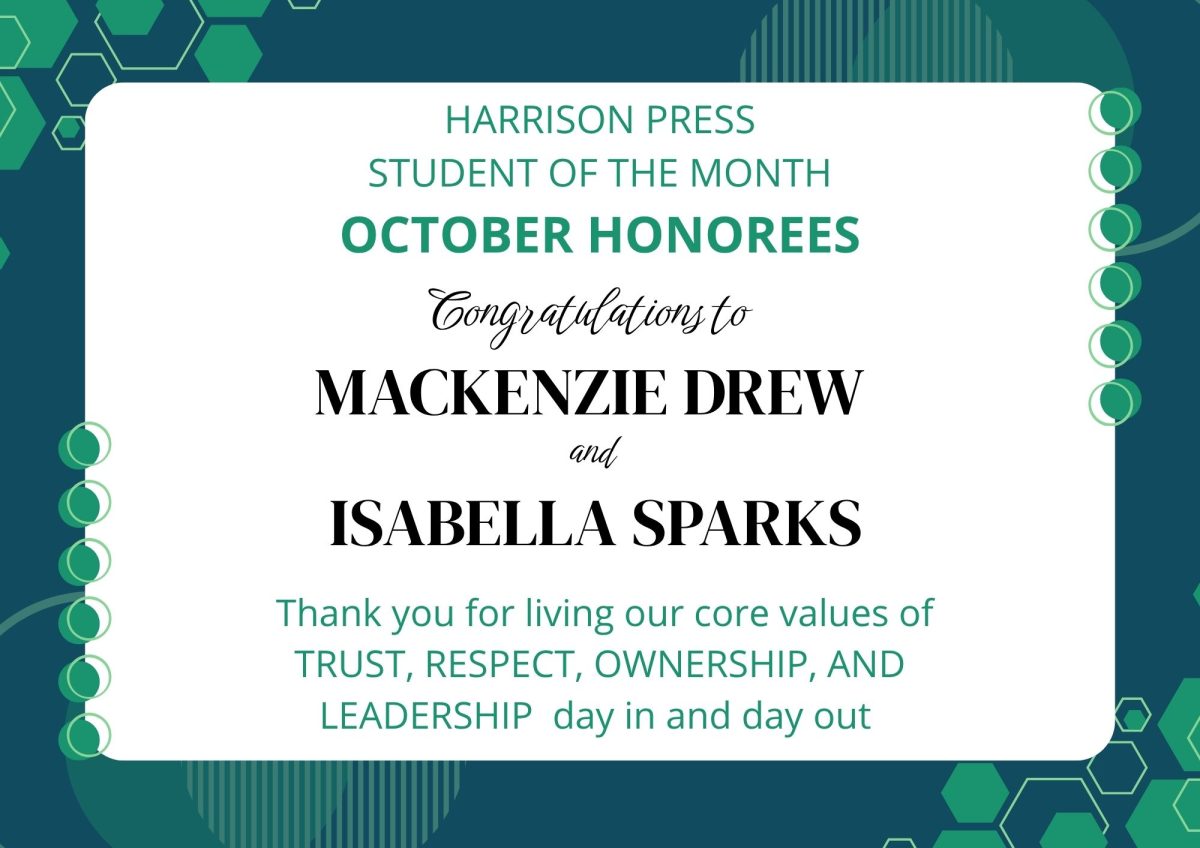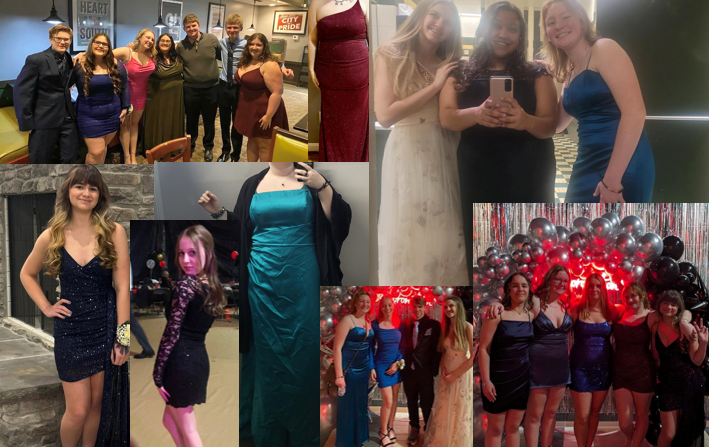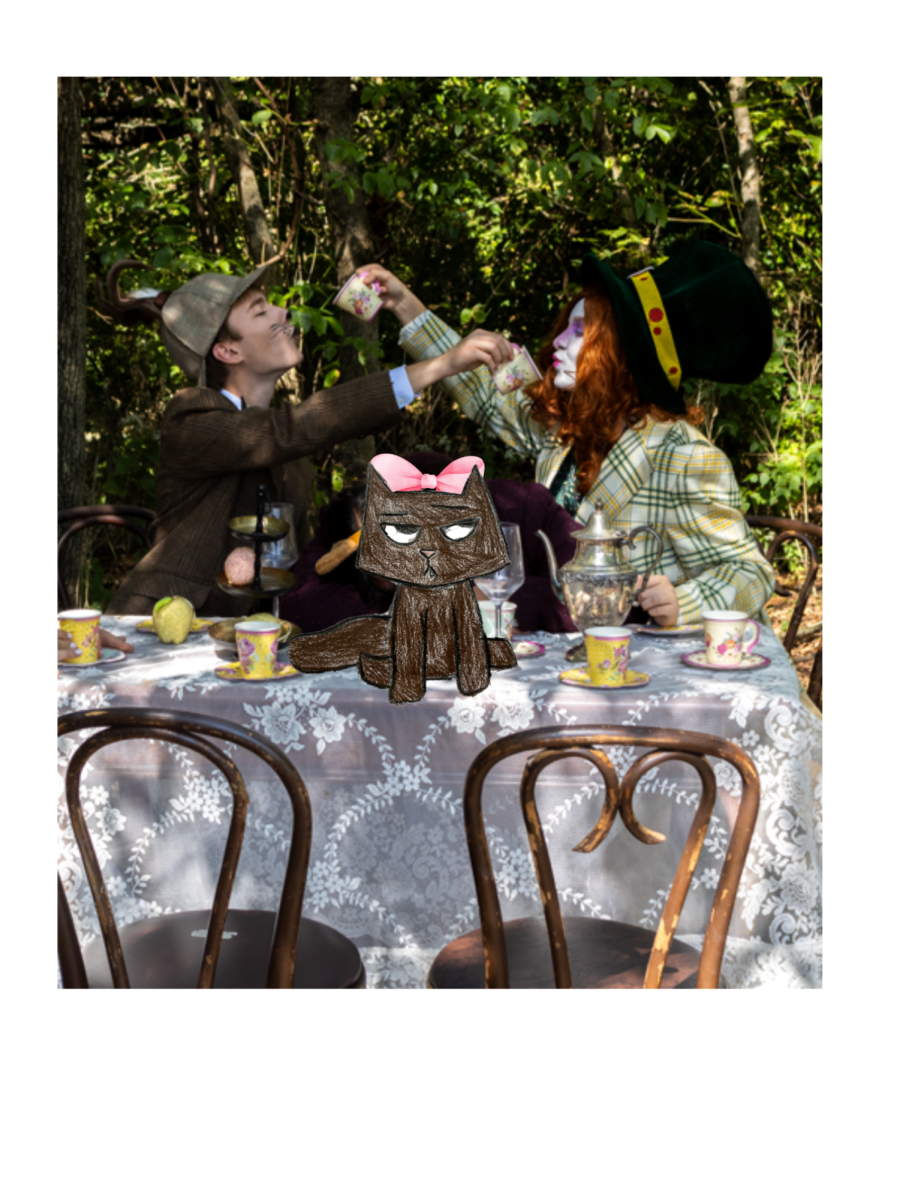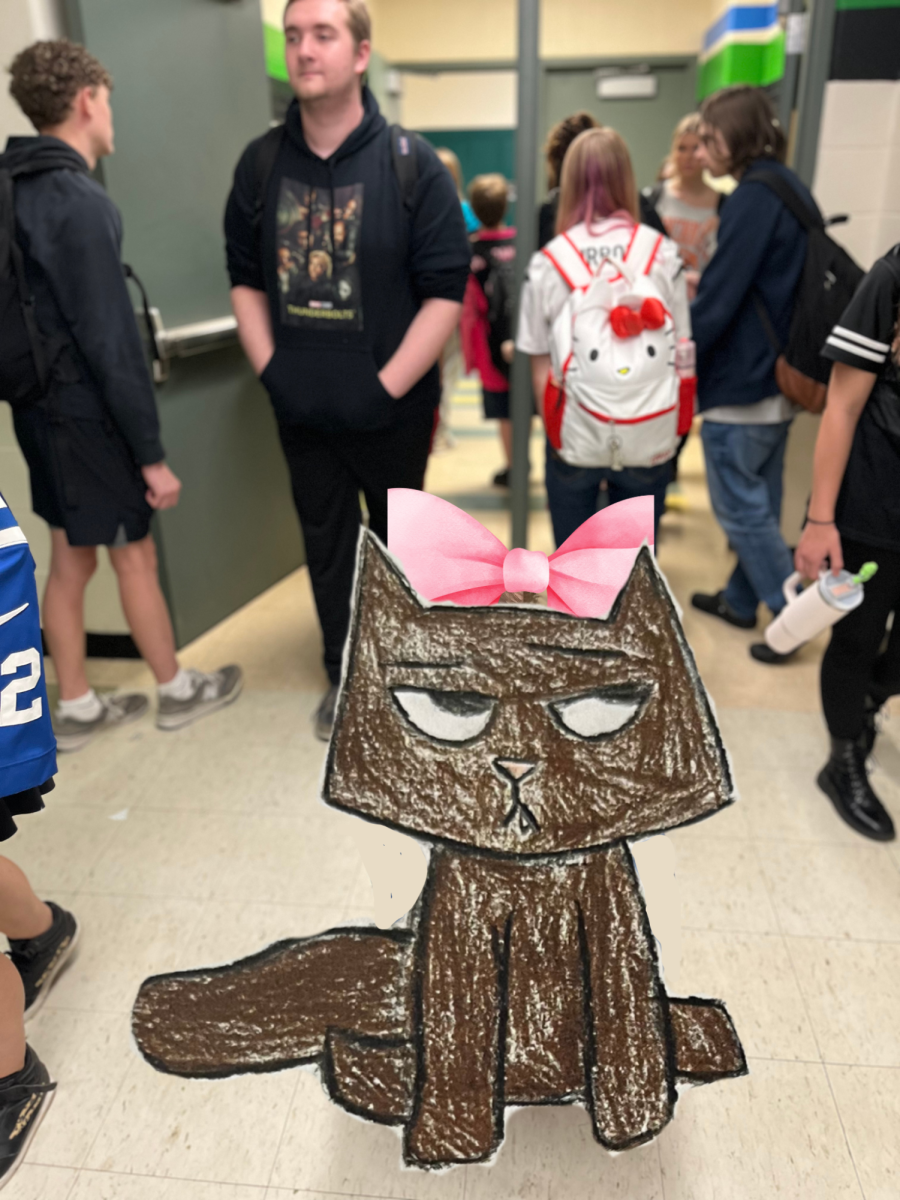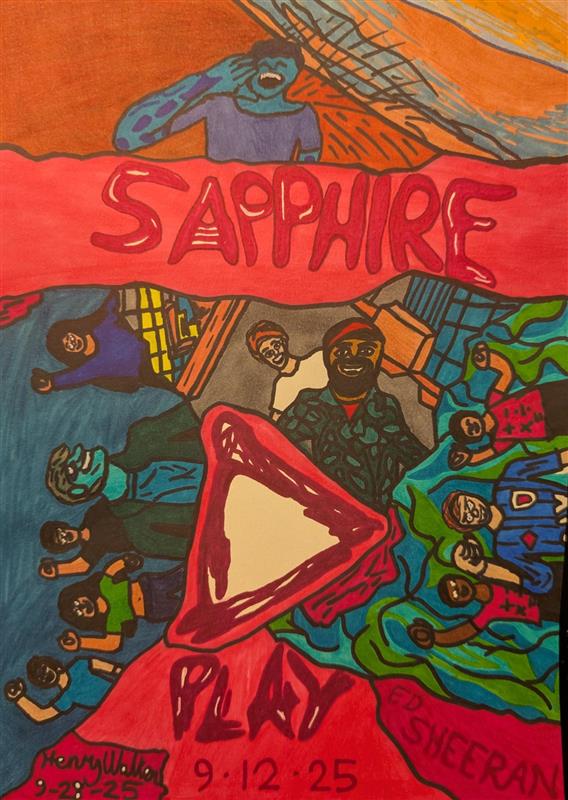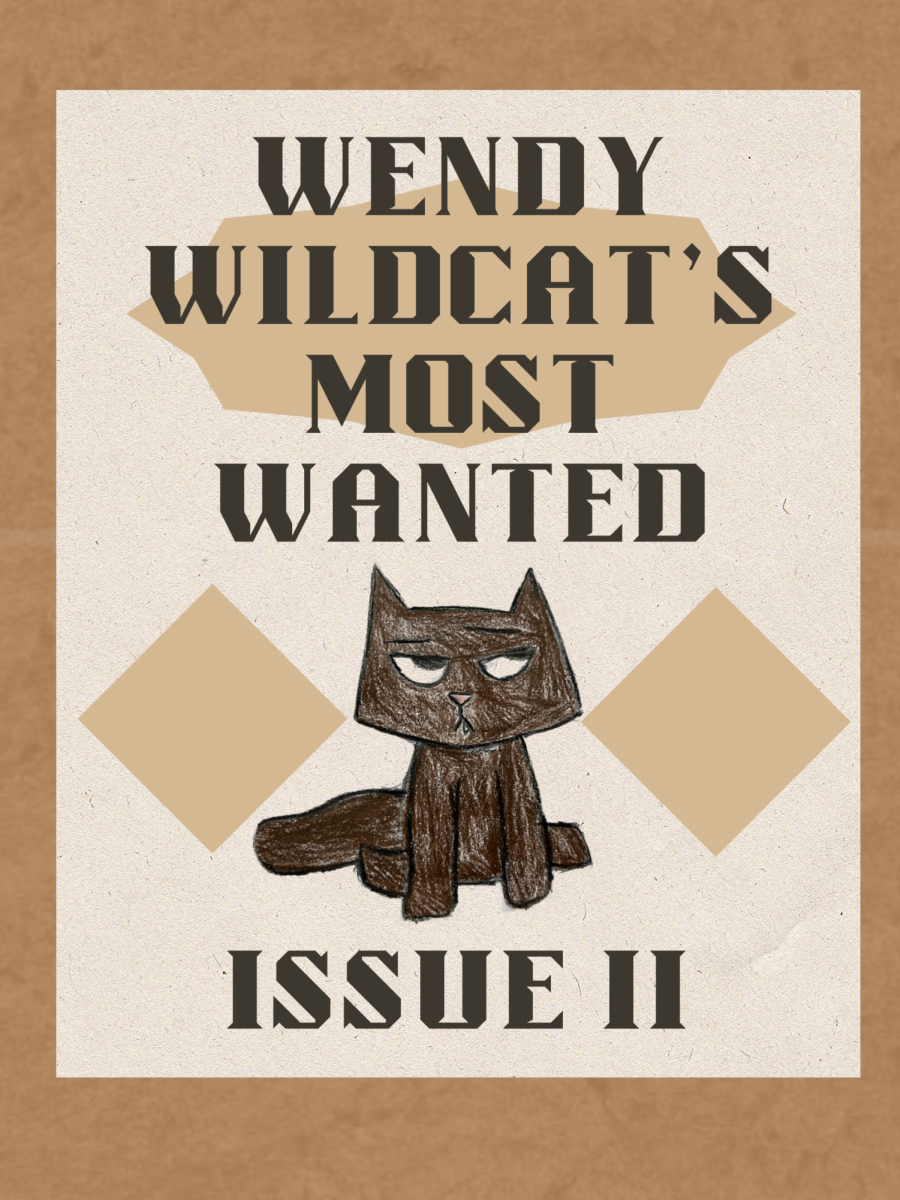The holiday season is upon us, and as the Halloween decorations are packed away, Christmas cheer takes over. Trees go up, carols start playing, and movie marathons featuring classic holiday films become a favorite tradition in many households. Among the films people reach for, a particular debate resurfaces each year: The Nightmare Before Christmas. Is it a Halloween or a Christmas movie? And does it really belong to either holiday at all?
It’s a question that has sparked spirited discussions for years, with some viewers arguing that Tim Burton’s film toes the line between both holidays, while others are adamant that it belongs to one more than the other. As we near the Christmas season, the notion of defining the film’s “holiday allegiance” becomes an interesting way to examine what makes a movie truly reflect the spirit of the holidays. After all, many of us turn to familiar Christmas films each year— like The Grinch, A Christmas Carol, Elf, etc.— precisely because they present a transformation: the growth of characters from selfishness or cynicism to a deeper understanding of generosity, love, and joy. But The Nightmare Before Christmas complicates this idea.
With a movie like The Nightmare Before Christmas most agree that it’s the safest bet to watch and enjoy during this current time period (the stretch between Christmas and Halloween). Yet, the arguments of which of the two holidays Burton’s film ‘belongs’ in has been discussed in classes here at Harrison ranging from math to spanish and has been brought up for years.
The students at our school aren’t the only ones caught up in the debate either. A quick google search will pull up hundreds of articles, forums, and posts on this particular subject. With, of course, some arguing it’s a Halloween film, others saying it’s undoubtedly a Christmas movie, and a chunk of people who are perfectly happy watching it in the middle of both holidays.
To prove once and for all what genre this classic 1990’s movie falls into, let’s do some good old compare and contrast.
Firstly, let’s talk about the vibes of the movie. Throughout the entirety of the film, the visuals and tone remain dark and eerie. This is shown through the characters in Halloween town like Oogy Boogy, Shock Lock & Barrel, the mayor, and basically every other Halloween town character.
The setting itself follows similar tones with use of it’s dark and moody color scheme, twisted trees, and the town is constantly casted in shadows, and the soundtrack remains focused on the halloween vibes with songs like This is Halloween and other gloomy songs that are primarily in the minor key which adds to the gloomy atmosphere.
On the other hand, a Christmas movie often features warm, inviting visuals that evoke a sense of nostalgia and joy. Think of twinkling lights, snow-dusted landscapes, cozy interiors filled with decorations, and vibrant holiday colors like red, green, gold, and white. Scenes may include bustling holiday markets, families gathered around the fireplace, or picturesque snowy nights.
The sound typically includes a cheerful score, often incorporating traditional Christmas music and carols that create a festive atmosphere. You might hear the jingling of bells, the crackling of a fire, laughter, and the joyful sounds of children playing. Overall, the combination of visuals and sound aims to create a heartwarming, magical experience that captures the spirit of the holiday season.
I know what you may be thinking, the Christmas town featured in the movie is much brighter and more vibrant than the previously described Halloween town! While this is definitely true, I wouldn’t quite say that it manages to capture the holiday spirit and warmth that some of our favorite Christmas classics have.
This is because the characters of Christmas Town have the same odd Tim Burton character style, and the town itself is depicted with vibrant colors and exaggerated, cartoonish designs that create a striking visual contrast. The ‘jolly’ decorations are bright and cheerful but carry an underlying eeriness. Oddly shaped ornaments and peculiar exaggerated characters also contribute to the unsettling atmosphere. The overall effect is whimsical yet uncomfortable, evoking a sense of enchantment mixed with a chilling hint in the atmosphere.
The last major difference between Burton’s beloved film and your average Christmas flick is the underlying messages and lessons.
Every movie has a purpose for being put on your screen. And while these underlying messages differ even within the same genre of art, there are broad themes that many movies of the same genre do share. More specifically, almost any Yuletide film embraces the themes of transforming into someone who understands the spirit of giving, or hope and faith.
Well, Jack Skellington transforms, doesn’t he? What about Sally? While Jack Skellington’s journey in The Nightmare Before Christmas appears to showcase personal growth, it ultimately reveals that he never truly understands the essence of Christmas. His initial fascination with the holiday stems from a superficial desire for novelty rather than a genuine appreciation of its meaning. When he attempts to usurp Christmas, he disregards the significance of joy, love, and togetherness that define the season.
It is only after his misguided actions lead to chaos and resentment from the citizens of Christmas Town that he begins to realize he is better suited for Halloween Town. This reaction underscores a critical flaw in his character: rather than learning the true values of Christmas, Jack only recognizes his own worth in the face of rejection. His return to Halloween Town is less about embracing his identity and more a response to external conflict, indicating that his understanding of Christmas remains shallow and self-serving.
While Jack Skellington’s journey reveals his inability to grasp the true meaning of Christmas, Sally’s character also does not effectively portray the holiday’s values. Throughout “The Nightmare Before Christmas,” Sally’s actions are driven more by her loyalty to Jack than by an understanding of Christmas itself. Although she displays compassion, her motivations are rooted in a desire to protect Jack rather than a genuine commitment to the spirit of the holiday.
Her interventions, though well-intentioned, do not reflect the selflessness and generosity that characterize true Christmas spirit. Instead, she is primarily focused on Jack’s welfare, which suggests a more selfish aspect of her character—she seeks to keep him safe not for the sake of Christmas, but to preserve her own feelings for him. Unlike the joy and community typically associated with the holiday, Sally’s narrative centers around her unrequited love and desire for connection leading to a more personal, rather than communal, understanding of the season. This focus on individual emotion, rather than the broader themes of unity and giving, illustrates that Sally does not fully embody the values of Christmas, instead reflecting a more complex and self-focused journey that diverges from the holiday’s ideals.
In truth, the main character of Burton’s beloved Halloween tale never truly encountered the magic of Christmas; he merely experienced a diluted version of it. He began as the Pumpkin King of Halloween, yearning for something greater, yet ultimately returned to his original role—only now, he found contentment in his place. This journey reveals that, despite his growth, he will always be self-centered, trapped in a cycle of longing for what he cannot fully understand.
So, the next time you settle in for a holiday movie marathon, maybe skip The Nightmare Before Christmas—after all, it’s best enjoyed in its own unique space between the two holidays. Instead, embrace the classics that truly capture the warmth and spirit of the season.






